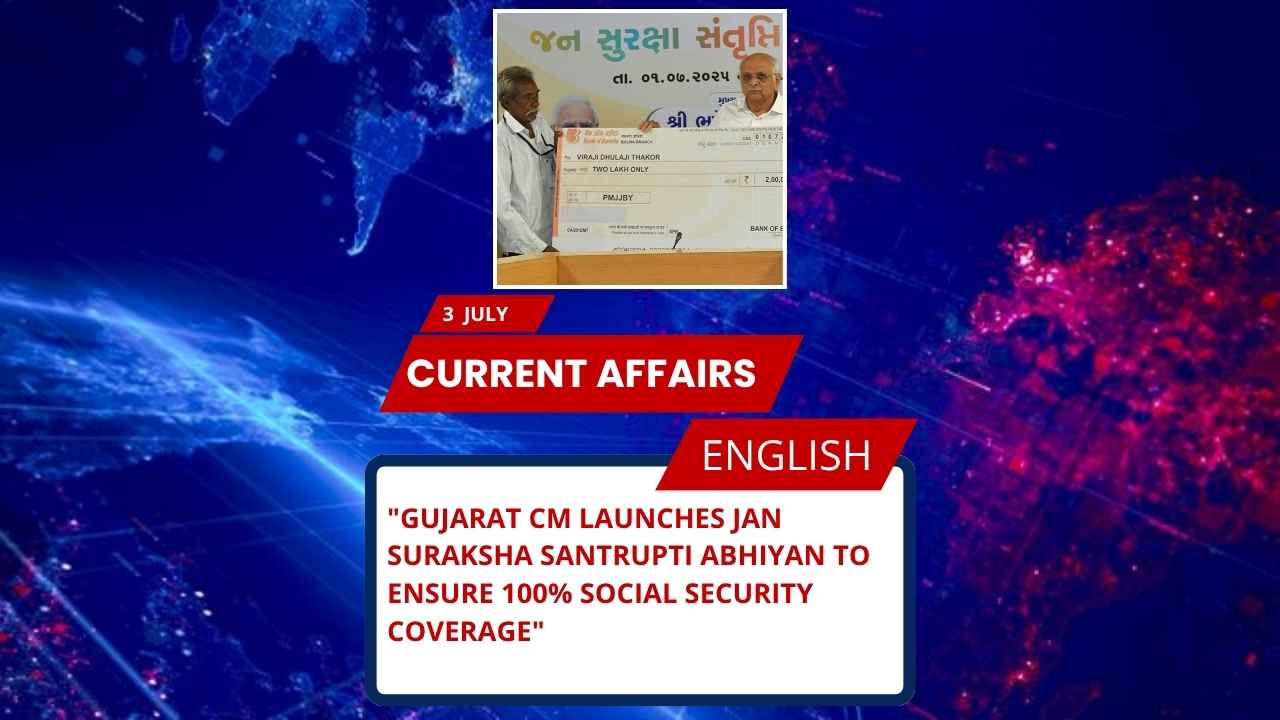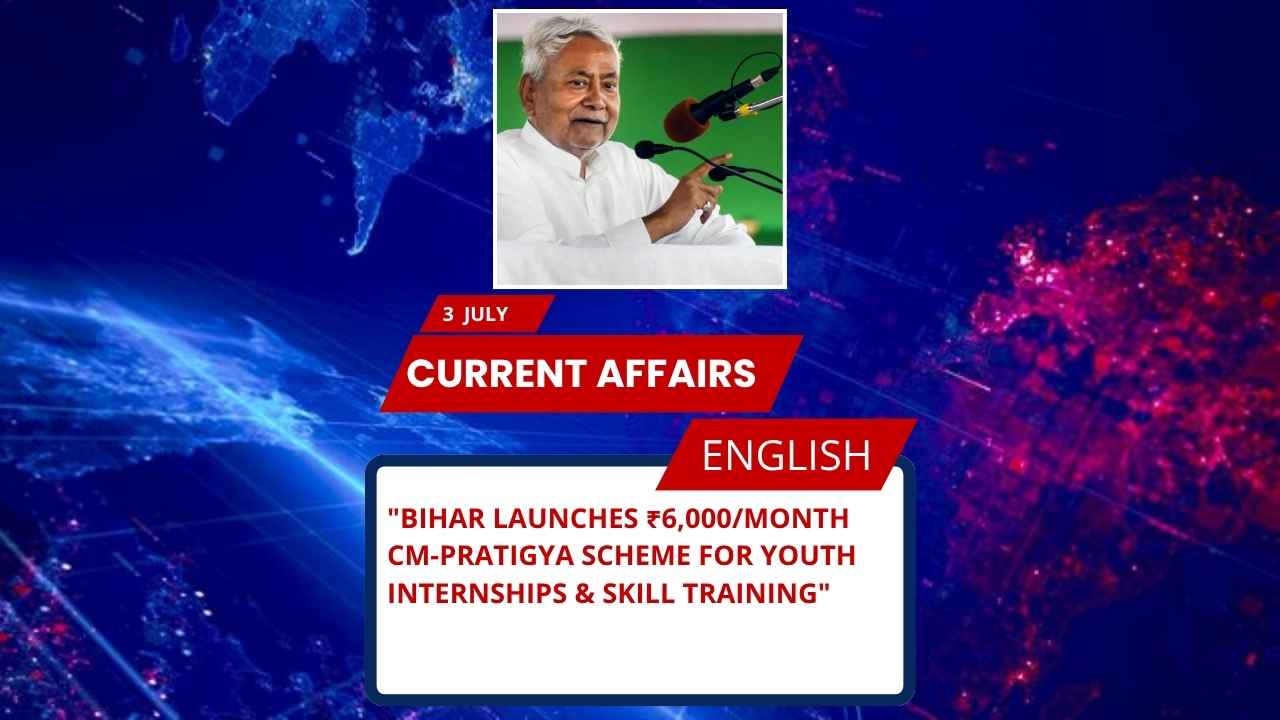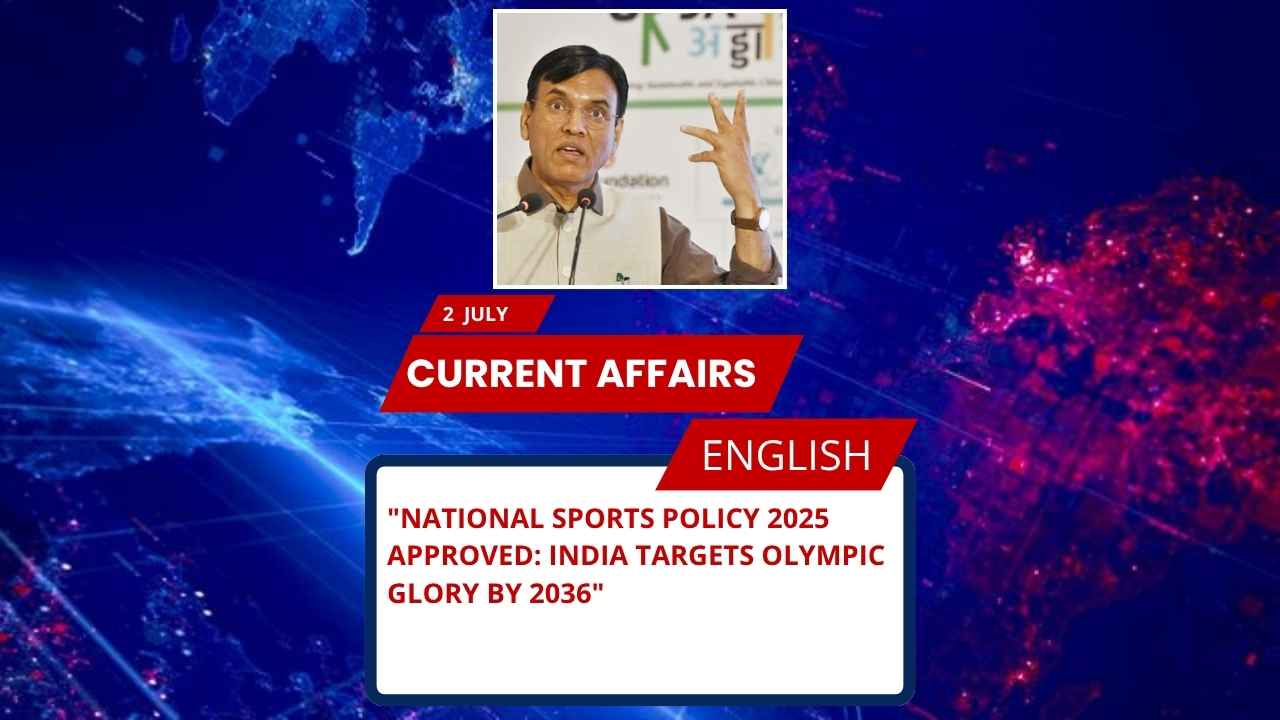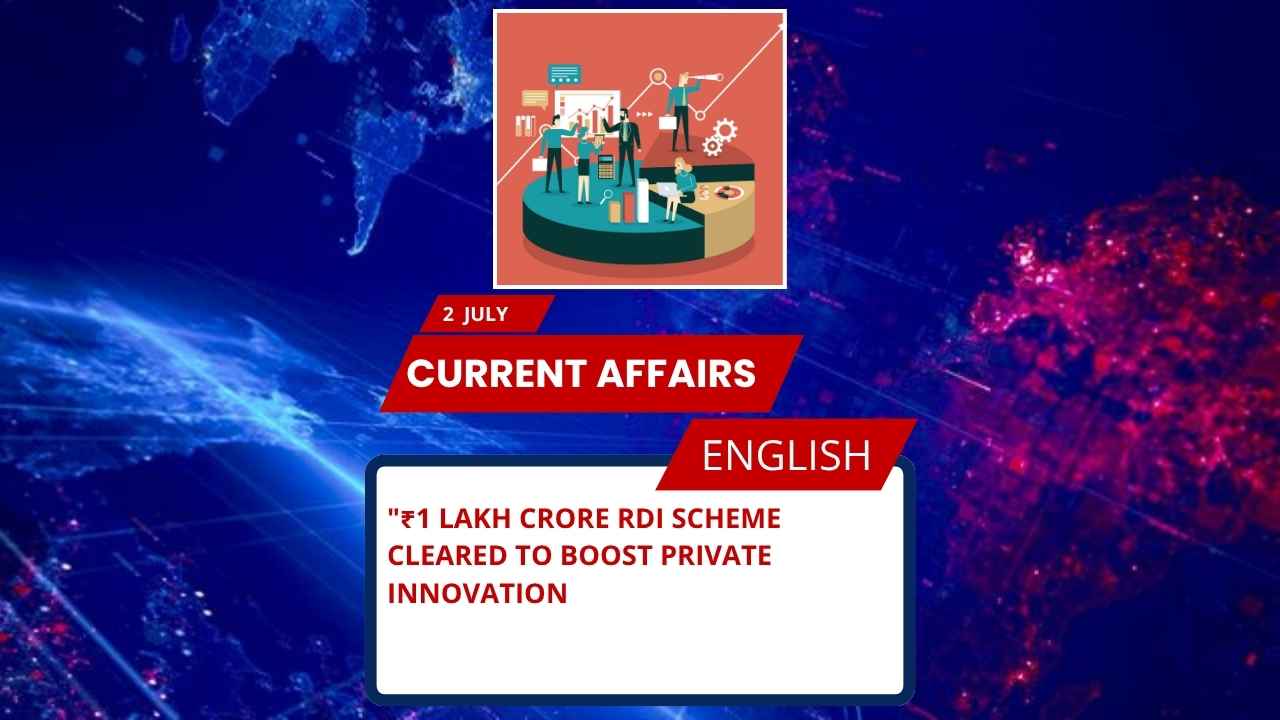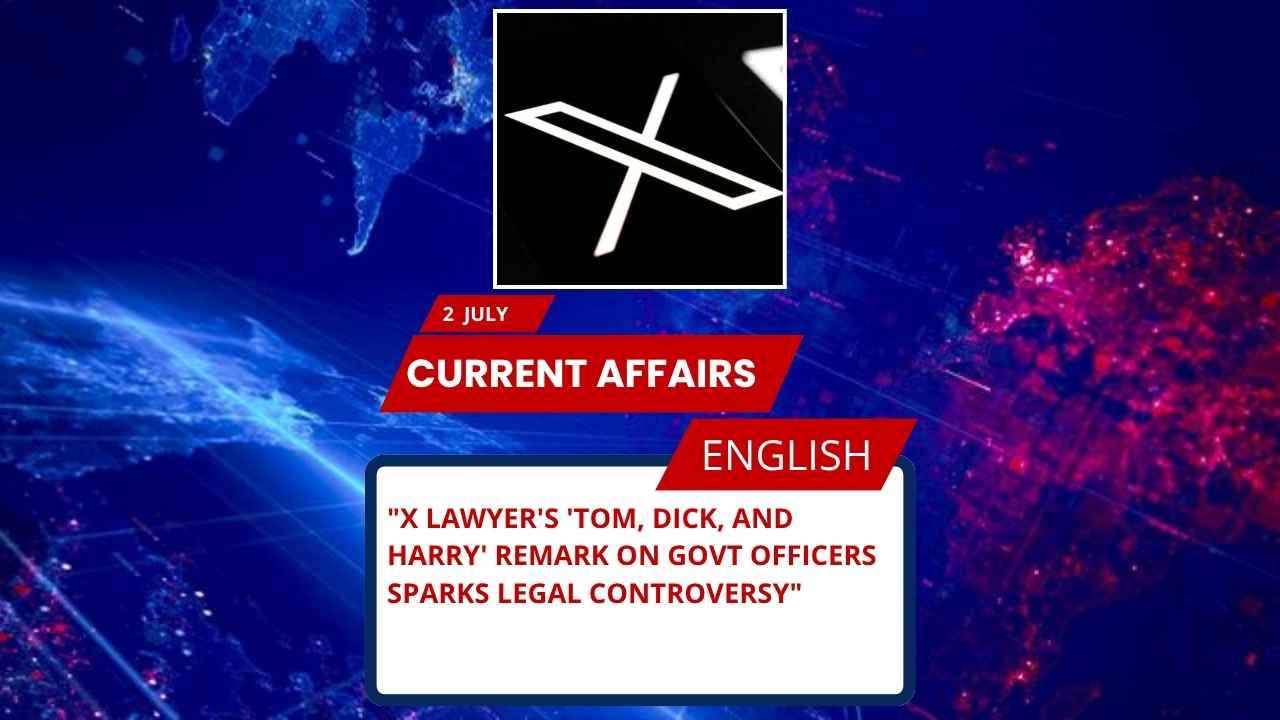
Key Points for SSC/UPSC and Other Govt Exams
- Social media platform X (formerly Twitter) challenged content takedown notices under the IT Act in the Karnataka High Court.
- X’s lawyer used the phrase “Tom, Dick, and Harry” referring to govt officers, sparking official backlash.
- The Centre emphasized statutory powers of officers and called X’s approach arrogant.
- The issue revolves around Section 69A of the Information Technology Act, 2000, which empowers the government to block content in certain cases.
- The Solicitor-General Tushar Mehta defended govt officers’ authority in such takedown actions.
Complete Details
Background
During a hearing in the Karnataka High Court, a legal representative of social media platform X (formerly Twitter) made controversial remarks against the government’s takedown procedures. This happened while challenging a notice issued by the Railway Ministry, which demanded the removal of a video showing a woman driving on a railway track in Hyderabad.
The Controversial Statement
Senior Advocate K.G. Raghavan, representing X Corp India, stated:
“What if every Tom, Dick, and Harry officer sends me notices? See how this is being misused.”
This comment was interpreted as disrespectful towards Indian government officials. It triggered an immediate and strong reaction from Solicitor-General Tushar Mehta, who argued:
“They are officers…They are statutory functionaries with legal authority. International entities should not display such arrogance.”
Legal Context
The dispute centers around Section 69A of the Information Technology Act, 2000, which permits the central government or its authorised officers to issue directions for blocking public access to any information through any computer resource in the interest of:
- Sovereignty and integrity of India
- Defence of India
- Security of the state
- Friendly relations with foreign states
- Public order
- Preventing incitement to commit any cognizable offence
X Corp India’s argument questions the scope and limit of authority granted to individual government officials under this section.
Government’s Stand
The Centre emphasized that:
- Social media platforms are subject to Indian laws, just like in other countries.
- Government officers are statutory authorities, not random individuals.
- There must be accountability and respect toward Indian institutions.
Relevance for Competitive Exams
This issue is highly relevant as it touches on:
- Freedom of Expression vs. Regulation
- Role of Judiciary in tech regulation
- Digital sovereignty
- Statutory powers of officers
- Intermediary Guidelines and IT Act
Facts About Karnataka (Mentioned in Case)
- Capital: Bengaluru
- Chief Minister: Siddaramaiah (as of 2025)
- Governor: Thaawarchand Gehlot
- Important National Parks: Bandipur, Bannerghatta, Nagarhole
- Major Rivers: Kaveri, Tungabhadra, Krishna
- Famous Court: Karnataka High Court (Location: Bengaluru)
Possible Exam MCQs
Q1. Which section of the IT Act empowers the government to issue content takedown notices?
A. Section 66A
B. Section 67
C. Section 69A
D. Section 70
Answer: C. Section 69A
Q2. Which court recently heard the case involving social media platform X and govt content takedown notices?
A. Supreme Court
B. Delhi High Court
C. Karnataka High Court
D. Bombay High Court
Answer: C. Karnataka High Court
Q3. Who represented the Centre in the X Corp content regulation case?
A. R. Venkataramani
B. K.G. Raghavan
C. Harish Salve
D. Tushar Mehta
Answer: D. Tushar Mehta
Q4. The Railway Ministry issued a notice to X Corp for a video related to which city?
A. Bengaluru
B. Chennai
C. Hyderabad
D. Mumbai
Answer: C. Hyderabad
Q5. The remark “Tom, Dick, and Harry” was used in what context?
A. Criticism of Indian judiciary
B. Disrespecting the Parliament
C. Questioning the authority of govt officers
D. Referring to random users on social media
Answer: C. Questioning the authority of govt officers
UPSC-Style FAQs with Model Answers
Q1. What are the implications of allowing unrestricted content takedown notices by government officials under the IT Act?
Answer:
Allowing unrestricted content takedown by multiple government officials raises serious concerns about arbitrariness, overreach, and violation of freedom of speech and expression under Article 19(1)(a). While Section 69A of the IT Act allows blocking content under specific circumstances, misuse or over-delegation can lead to censorship and hinder digital freedom. A transparent, accountable mechanism with judicial oversight is essential to balance national interest with individual rights.
Q2. How does the response by the Centre reflect on the role of statutory officers in content moderation under Indian law?
Answer:
The Centre’s response underscores that statutory officers are legally empowered functionaries, not arbitrary actors. Their actions under the IT Act are presumed lawful unless proven otherwise. The Solicitor-General’s remarks highlight the sovereign right of India to regulate digital content within its borders and the expectation that global platforms comply with local regulations, promoting digital sovereignty and the rule of law.
Q3. Analyze the balance between digital freedom and state regulation in the context of this case.
Answer:
This case illustrates the ongoing tension between digital freedom and state regulation. While platforms like X advocate for unrestricted expression, the state has a legitimate role in curbing content that threatens public order, security, or decency. The balance lies in regulated moderation—where rules are clear, proportionate, and subject to judicial review. Excessive state control could suppress dissent, whereas unregulated digital platforms may lead to misinformation and instability.
Q4. Should international digital platforms be allowed to question domestic legal procedures? Justify.
Answer:
International platforms must respect the sovereignty of nations they operate in. Questioning legal procedures must occur within judicial frameworks, not through public disrespect or unilateral defiance. Platforms can challenge laws or orders in courts, but mocking statutory authorities, as in the present case, undermines institutional respect. A constructive legal approach, rather than rhetorical dismissal, upholds both compliance and accountability.



